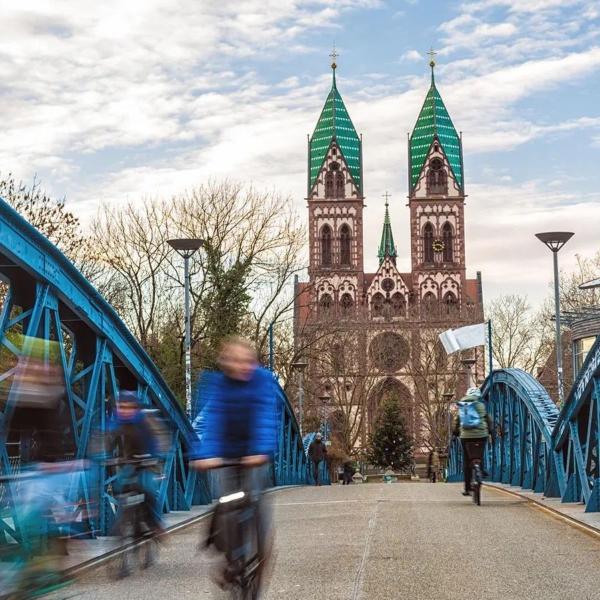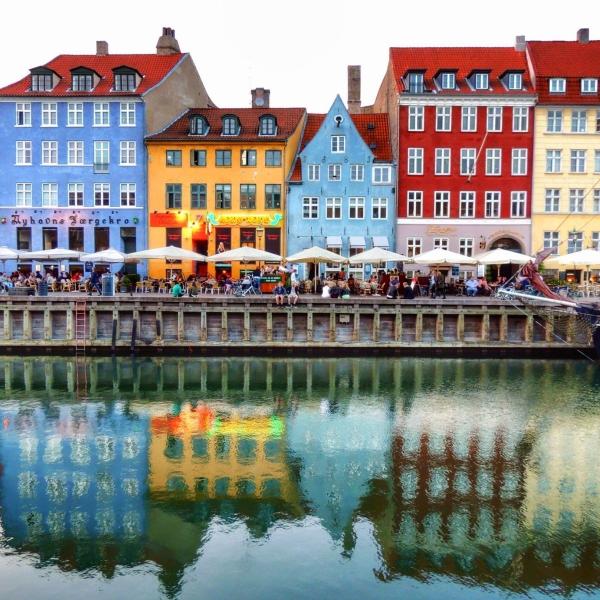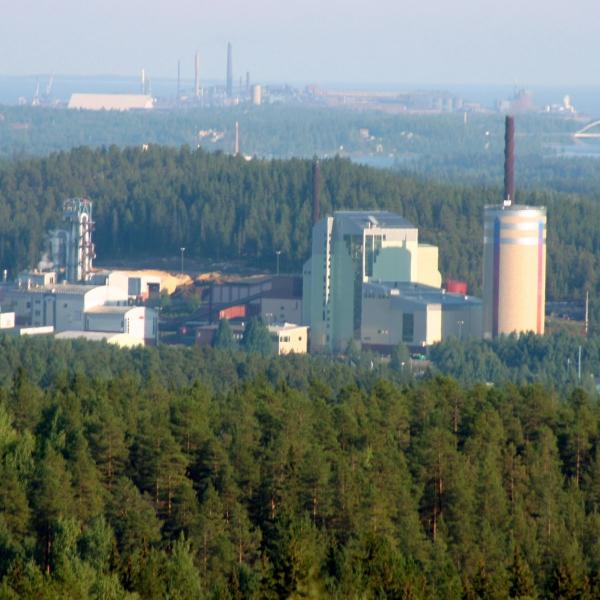Greener Places Around the World
Following on from our post about cowpat developments, we thought we would take a look at what sustainable and eco-friendly planning models look like around the world.
A Couple of Things to Consider
Firstly, it is easy to shrug off comparisons with other countries as trying to compare apples with oranges, but if we consider that essentially all places are struggling with the same basic factors: somewhere people can live, work and relax as well as move around, into and out of the area with ease. All urban areas around the world are coming from the same place historically as well – the rapid rise of the popularity of the motor vehicle, the increase in population and the connected rise in required services and facilities.
Secondly, when we look at the places that are making great strides in sustainable planning, there are other factors at play, such as the commitment by the government (local and national), the engagement of the population (over time) and cultural factors impacting how the majority responds to change.
So, lets take a look at a few examples...
...and see whether we can learn any lessons for our own local and national planning processes.
Freiburg, Germany
The Vauban district of the city has slightly unconventional roots, as it was created from a squatter community, who did not wish to be evicted by developers, so they worked with the local officials to create a connected community with cycle ways and footpaths linking it to schools, shops and public transport.
There is no easily-accessible parking within the district and anyone who has a car must use the community car parks, which are not subsidised by the residents.
This means there is little traffic that passes through the streets and most services are within walkable distance.
Photo: Canva Pro

Singapore
Surprisingly, this huge, bustling city has had to make itself more sustainable due to its status as an island state and therefore access to limited resources. This has led to it rethinking many of its basic services, such as fresh water.
This is now centrally controlled by one agency and they have revolutionised water capture by covering two-thirds of the land surface with water catchment facilities and the creation of 17 storage reservoirs, one of which is in the heart of the city itself.
Photo: Canva pro

Copenhagen, Denmark
Cycling is the key in this Danish city – more and more of the road infrastructure in the centre of the city is being made car-free and there is a push to get people to invest in cheap electric bikes instead of motor vehicles.
The buses in Copenhagen are all being moved to electric-only and it is hoping to be carbon neutral by 2025 (yes, that soon!).
In addition to the transport side of things, there are vending machines dotted around where people can put materials needing recycling in and receive a deposit back for them.

Stockholm, Sweden
Here they are hoping to be free of fossil fuels by 2040, which they are doing by switching to a bio-fuel made from sewage (a freely-available material!).
It is becoming more widely available at petrol stations and is already used by cars and taxis.
The city is also looking at a way of capturing “lost” energy from large buildings, such as the stadium to reuse as heating for local shops, restaurants and houses.
Photo: Mattias Hedström

Lahti, Finland
You will notice that Scandinavian countries are leading the way with sustainable ideas in their planning, so it is not a surprise to see Finland join them. Lahti used to be a highly industrial city with a lake that was so polluted, fishermen would have to travel miles from shore to find fish.
However, with some clever planning ideas, the city is now thriving as a sustainable model for others to learn from. The first step they have managed to achieve is cutting their emissions by 70% - this is due to a push on walking and cycling, plus they have been coal-free since 2019.
Instead, they use recycled fuel and bio-energy from a local plant. One of the biggest lessons to be learned here is that they have engaged the people of the city by establishing “carbon trading”, where people have a carbon limit and get rewards for staying under this each week. It is called CitiCAP and does not punish people for going over their limit, but uses the idea of rewards in the form of tickets or discounts on local goods and services. Photo: Urban Innovative Actions.

There are dozens more of these examples around the globe and each new innovation or step forward is something to be celebrated. However, it feels like there should be more joined-up thinking with local councils and world leaders on this to ensure that all our local communities are working towards more sustainable goals and a healthier, happier society.
Here at Brightwayz social enterprise we love to provide information and tips to help you, your colleagues, friends and family travel in safe, active, sustainable ways for everyday journeys.
Our unique range of products is here to help support your active travel campaigns and 100% of profits from sales is ploughed back to support the work we do. Take a look at our range here and find something to help you inspire others to travel in good ways.